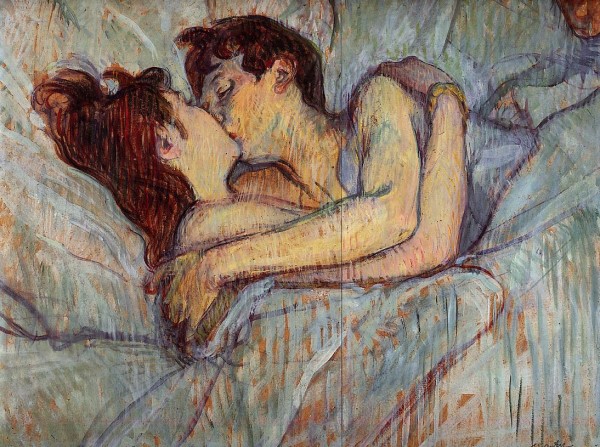!['So many frustrating family dynamics and workplace dramas erupt because of the misplaced belief that manipulation [of] motivation is the key to changing behavior. But … simplicity is what reliably changes behavior.' — Dr. BJ Fogg](/images/Blog-Images/marc-szeglat-VbP9v1rh-sc-unsplash.jpg)
If you’re anything like me, hearing “tiny habits” might make you think small means weak. It turns out the opposite is true! Dr. BJ Fogg talks about creating tiny habits in his book, “Tiny Habits: The Small Changes that Change Everything.” Baby steps are essential in building new ways of, well, anything really, including new ways of interacting with one another. But don’t resort to the old standby of nagging your partner into submission! It is essential to keep in mind that creating positive interactions will do more for making changes than anything else. This is the idea behind “small things often,” which comes out of the research of Dr. Gottman. He learned this from watching successful couples interact in healthy ways. Whether it is in making tweaks to how you have conversations or making intimate moments for frequent, small positive interactions, tiny is the way to go!
The first thing to learn is how to compose a tiny habit recipe. Here’s the general formula: After I … (choose an anchor moment), I will … (the tiny behavior); then, I celebrate (your choice)! All you have to do is figure out what these three elements need to be for the habit you want to create. The first element is to identify an anchor moment. This is an existing routine or event in your life that will remind you to do the tiny behavior (the second element). This tiny behavior is a scaled-back version of the new habit you want to develop; it should be super small and super easy. One way to think about it is what is the first step you would take to perform the action. Then you get to decide how to celebrate immediately. This could be by smiling, doing a slight head nod, visualizing fireworks, inhaling and thinking of energy coming in, whatever works for you. This is important, as the celebration is what gets your brain interested in repeating the tiny behavior in the future.
You can now create tiny habits with your partner to boost moments of connection in your life! To get you started, here are some examples of how to use the recipe for making tiny habits that improve your relationship:
- After we get into bed, we will kiss one another for six seconds. Then we will bask in the moment of closeness a moment more, nose to nose.
- After I notice my partner doing something positive, I will say how much I appreciate it. Then I will give them a quick hug.
- Or how about this one: When my partner irritates me, I will remind myself of one quality I admire in my partner. Then I will imagine a gentle glow around me.


You get the idea. Note that tiny habits do not have to be done as a couple (as with the kissing example). They can be a habit one partner does that is positive for the relationship (as the last example). Have a conversation together about what you want to try. This is a great way to increase intimacy, whether you decide on one to do as a couple or not. If you fancy diving deeper into tiny habits, head on over to tinyhabits.com.
Get more like this straight to your inbox!
Plus our exclusive guide Things your mama never told you about talking dirty…

